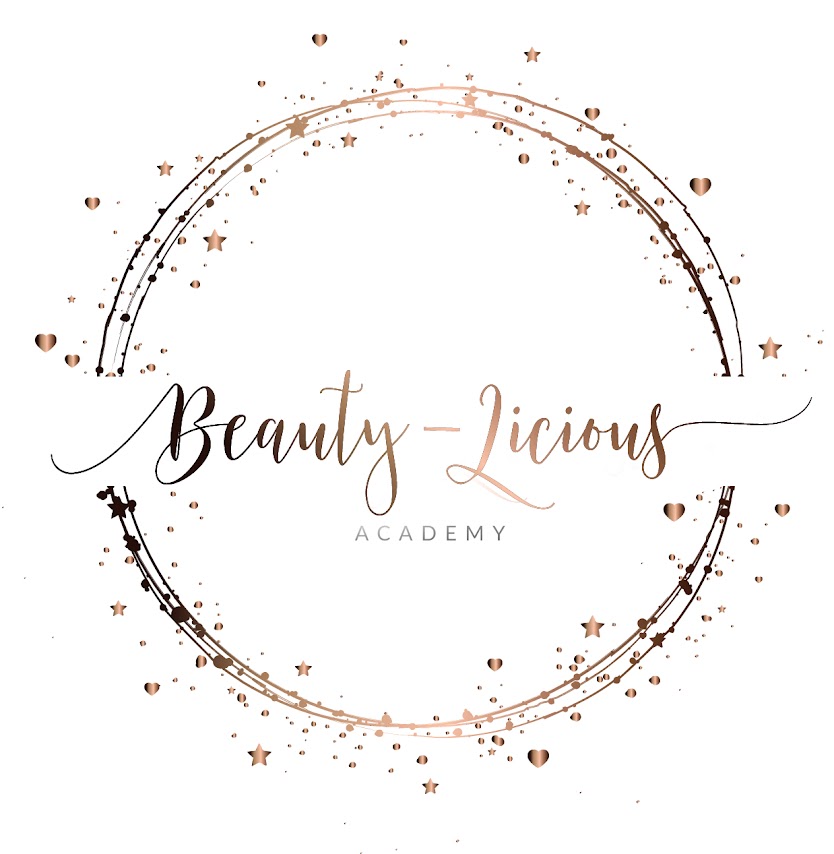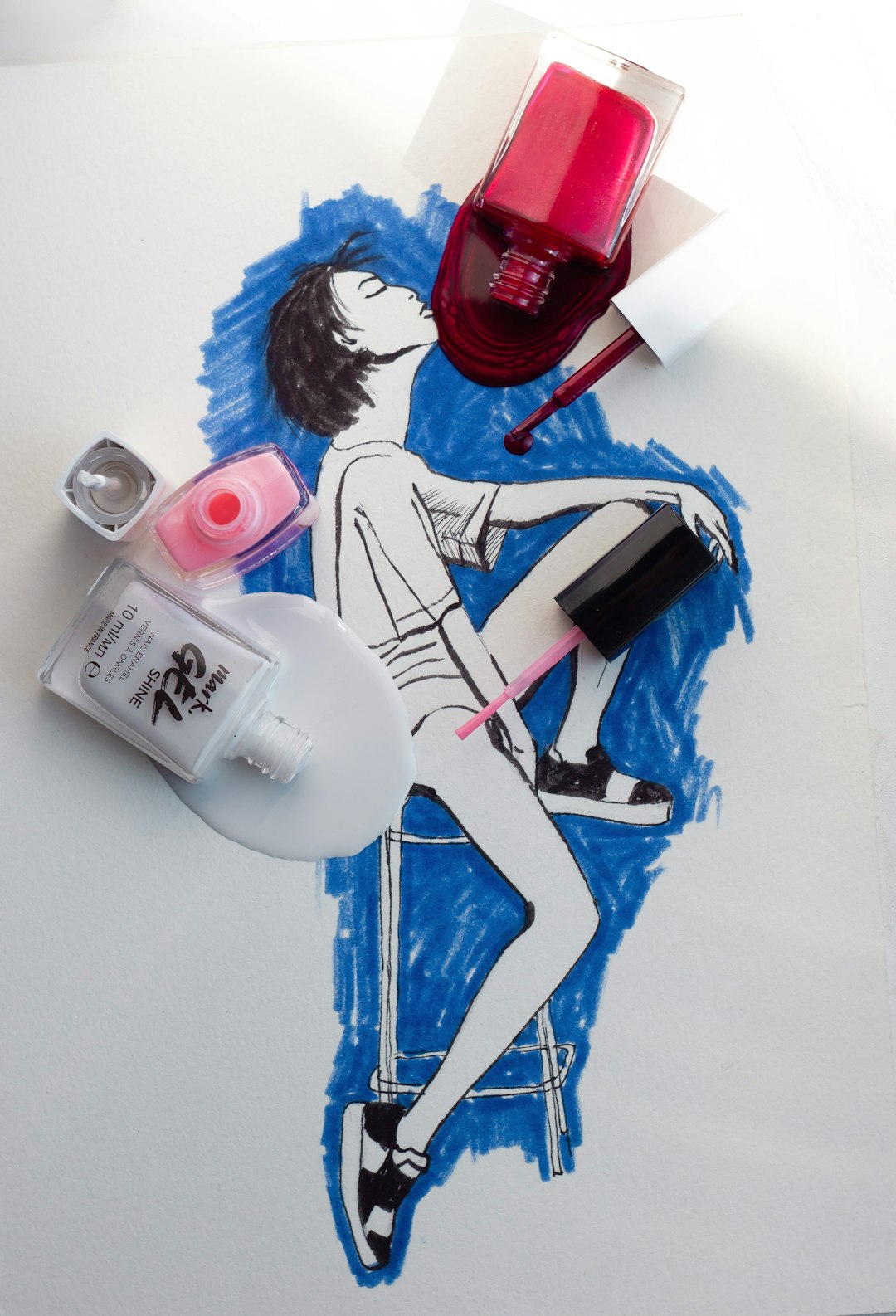Skincare routines are essential for maintaining healthy and radiant skin, regardless of our skin type. Each skin type has unique needs and requires specific care to keep it looking its best. By understanding your skin type and its requirements, you can tailor your skincare routine to address those needs effectively.
One key aspect of skincare is learning to wax. Waxing is a popular hair removal method that not only removes unwanted hair but also exfoliates the skin, leaving it smooth and soft. By incorporating waxing into your skincare routine, you can achieve smoother, hair-free skin that looks and feels great.
For oily skin types, a consistent skincare routine is crucial to control excess oil production and prevent breakouts. Cleansing the skin daily with a gentle cleanser and using oil-free moisturizers can help manage oily skin. Incorporating exfoliation into your routine can also help unclog pores and prevent blackheads. For oily skin types, waxing can be a great hair removal option as it helps to remove hair from the root, leaving the skin smooth and reducing the appearance of oiliness.
Dry skin types require extra care and hydration to keep the skin looking healthy and radiant. Using a rich moisturizer and hydrating serums can help replenish lost moisture and prevent dryness. Gentle exfoliation can also help remove dead skin cells and promote skin renewal. For dry skin types, waxing can help remove unwanted hair without stripping the skin of its natural oils, leaving it soft and smooth.
Combination skin types have a mix of both oily and dry areas on the face, making it essential to use products that balance both types of skin. Using a gentle cleanser and lightweight moisturizer can help keep the skin balanced and prevent breakouts. Exfoliating regularly can also help keep the skin clear and smooth. Waxing can be a great hair removal option for combination skin types as it can effectively remove hair from both dry and oily areas of the skin.
Sensitive skin types require gentle and soothing products to prevent irritation and redness. Using fragrance-free products and avoiding harsh ingredients can help prevent sensitivity reactions. Gentle exfoliation and hydrating masks can help keep sensitive skin calm and hydrated. Waxing can also be a suitable hair removal option for sensitive skin types, as long as it is done gently and with care.
In conclusion, having a skincare routine that is tailored to your skin type is essential for maintaining healthy and radiant skin. By learning to wax and incorporating it into your routine, you can achieve smooth, hair-free skin that looks and feels great. Take the time to understand your skin type and its needs, and choose products and treatments that work best for you. Your skin will thank you for it!
For more information visit:
Beauty-Licious Academy
https://www.beautyliciousacademy.co.uk/
0113 390 8579
61 pepper road, leeds, ls10 2ru
Discover a whole new world of beauty at Beautylicious Academy! Unleash your inner artist and learn the secrets of flawless makeup, stunning hairstyles, and glowing skincare. Join our community of beauty enthusiasts and embark on a transformational journey like no other. Get ready to radiate confidence and turn heads wherever you go. Are you ready to be beautylicious?
For more information on learn to wax contact us anytime:
Beauty-Licious Academy
https://www.beautyliciousacademy.co.uk/
0113 390 8579
61 pepper road, leeds, ls10 2ru
Discover a whole new world of beauty at Beautylicious Academy! Unleash your inner artist and learn the secrets of flawless makeup, stunning hairstyles, and glowing skincare. Join our community of beauty enthusiasts and embark on a transformational journey like no other. Get ready to radiate confidence and turn heads wherever you go. Are you ready to be beautylicious?

